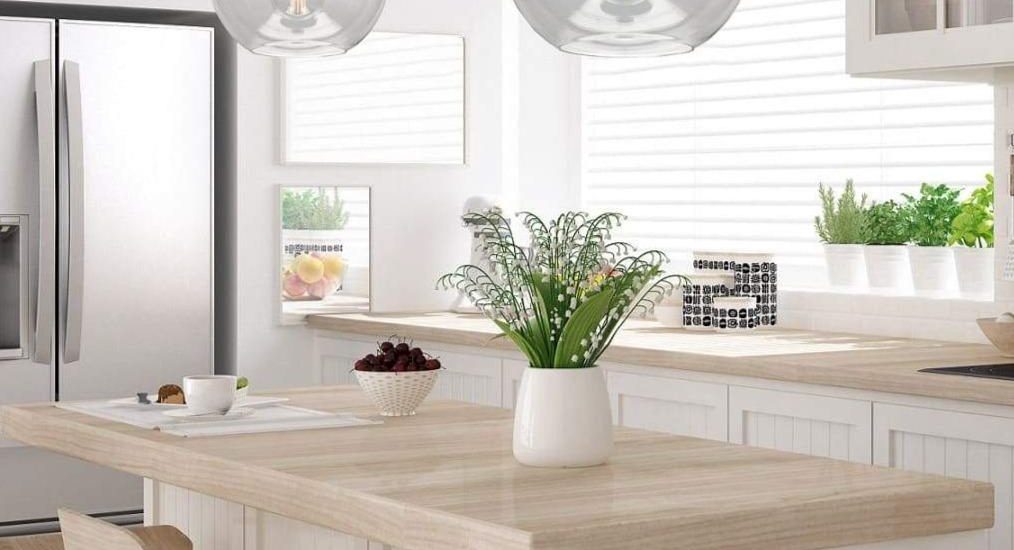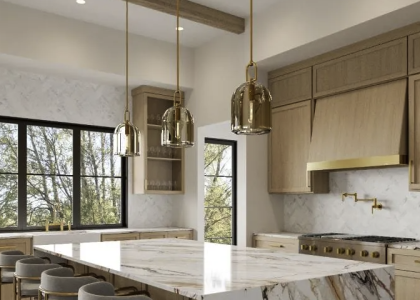Ceiling design is a crucial aspect of interior decoration that often goes unnoticed. A well-designed ceiling not only enhances the aesthetics of a space, but it can also improve its functionality and create a sense of harmony. In this article, we will explore different types of ceiling designs, their benefits, and how they can be incorporated into interior design.
Types of Ceiling Designs
1. Tray Ceiling
Tray ceiling is a popular ceiling design that features a recessed central panel with a higher perimeter. This design adds depth and dimension to a room and creates an illusion of height. Tray ceiling can be painted in different colors, and the central panel can be decorated with molding, wallpaper, or lighting fixtures.
2. Coffered Ceiling
Coffered ceiling is an elegant design that features a grid of recessed panels, often in the shape of squares or rectangles. This design adds texture and depth to a room and can create a dramatic focal point. Coffered ceiling can be made of different materials such as wood or plaster and can be complemented with contrasting colors or lighting fixtures.
3. Vaulted Ceiling
Vaulted ceiling is a design that features a high, arched ceiling that follows the shape of a roof. This design adds grandeur and spaciousness to a room and can create an illusion of height. Vaulted ceiling can be made of different materials such as wood or metal and can be decorated with chandeliers or pendant lighting.
Benefits of Ceiling Design
Ceiling design can have numerous benefits in interior decoration, such as:
1. Enhancing Aesthetics
Ceiling design can enhance the aesthetics of a space by adding texture, color, and dimension. A well-designed ceiling can transform an ordinary room into a stylish and sophisticated space.
2. Improving Functionality
Ceiling design can improve the functionality of a space by creating an illusion of height, adding light or ventilation fixtures, or concealing unsightly ductwork or wiring.
3. Creating Harmony
Ceiling design can create a sense of harmony and balance in a space by complementing other design elements such as flooring, wall color, or furniture. A well-designed ceiling can tie all the elements of a room together and create a cohesive design.
Incorporating Ceiling Design into Interior Decoration
Here are some tips for incorporating ceiling design into interior decoration:
1. Consider the Room’s Focal Point
When choosing a ceiling design, consider the room’s focal point, such as a fireplace or artwork, and choose a design that will complement and enhance it.
2. Balance Different Design Elements
When incorporating ceiling design into interior decoration, balance it with other design elements such as wall color, flooring, and furniture. A well-designed ceiling should tie all the elements of a room together and create a harmonious design.
3. Customize the Design
Customize the ceiling design to suit the room’s style and functionality. For example, a tray ceiling with a central lighting fixture can add elegance and functionality to a dining room, while a vaulted ceiling with skylights can add height and light to a living room.
Ceiling design is an essential aspect of interior decoration that can transform an ordinary room into a stylish and sophisticated space. By exploring different types of ceiling designs, their benefits, and how they can be incorporated into interior design, you can create a harmonious and functional space that reflects your personal style and taste.




